This is the second article in a three-part series on bronze watches by contributing writer Justin Mastine-Frost. This column addresses the various aspects of owning and caring for a bronze watch that extends beyond the obvious passion for patina. Today’s topic focuses on the pros and cons of aging bronze naturally versus with chemicals.
As mentioned in part one of this series, one of the more desirable traits of any bronze watch is how the metal will patina with age. Again, depending on composition, and sometimes depending on whether or not a manufacturer has applied some sort of protective coating to the metal, certain bronze watches will inherently age faster than others. Once again, the Carl Brashear models from Oris seem by far the quickest to start turning darker and more muted, though the offerings from Tudor, Panerai, and Montblanc do not seem to trail too far behind. Exposure to moisture in the air, saltwater, and general shifts in climate will all assist in letting your bronze watch evolve day by day, but as many fans of the metal have discovered, there are a number of tricks out there that can assist in significantly expediting the process.
Fuming
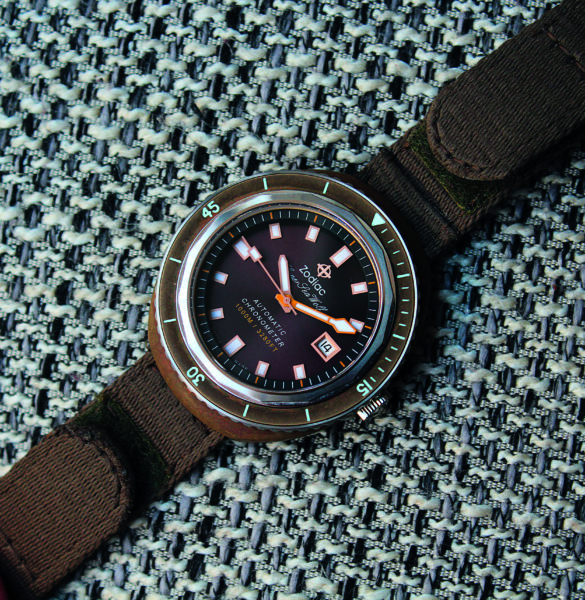
Exposing bronze to certain chemical fumes (some more hazardous than others) over an 8-24 hour period will significantly impact the coloration of any bronze watch. For those looking for an easy solution around the house, any type of vinegar — white vinegar, apple cider vinegar or others – is the most likely candidate you’ll come across. Alternatively, ammonia is an equal, if not slightly more effective, option. To start the process, place the watch in a sealable container, raised up off the bottom, and add in your liquid of choice without getting the watch itself wet (remove its strap before beginning this process). The goal is to seal the watch in the container with the fumes, without it coming in physical contact with the liquid. Setting the container aside, the first few hours will be like waiting for a kettle to boil – little to no change will take place. As time goes on, the fumes will start working their magic, and before long your shiny bronze beast will start to take on a darker appearance. In the case of the Zodiac Super Sea Wolf seen above, an external coating meant that the vinegar fuming process would take far longer than normal, with this result coming after three subsequent days of 24-hour fuming sessions. When attempting these longer periods, intermittent cleaning with hot water and a cloth will help ensure a more consistent pattern of patina.
Liver of Sulfur
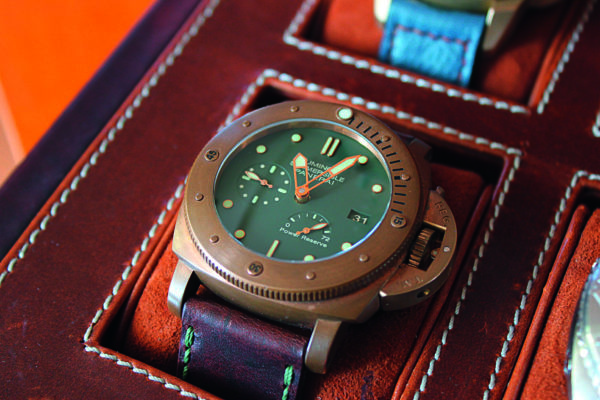
Using liver of sulfur to force patina has both benefits and pitfalls, but much like vinegar fuming, it can yield some pretty interesting results. Unlike fuming, which takes more of a “set it and forget it” approach, liver of sulfur acts much quicker and requires a certain level of attentiveness to execute properly. Though available in many forms, a liver of sulfur gel has proven the simplest and most efficient. In preparation for the aging process, two small bowls need to be prepared: one with a couple of cups of water in which to mix a small dab of liver of sulfur gel, and a second with a similar volume of water with a couple of tablespoons of baking soda mixed in. The use of rubber gloves is recommended throughout this process. After cleaning the watch head under warm water, gently submerge it into the bowl of water and liquid sulfur. Once submerged, the bronze will start to change color fairly rapidly, and even once removed from the liquid the shift will continue. As soon as the desired darkness is achieved, place the watch into the bath of water and baking soda to once again stabilize the metal. In speaking with fellow enthusiasts who have attempted this approach, performing repeated short cycles of this technique to slowly darken a bronze watch is your best shot at achieving the right level of patina, rather than “going for gold” on a first attempt. That said, there is, thankfully, always a way to hit the reset button.
Next week: Cleaning and Maintenance
All text by Justin Mastine-Frost.
You can read Part 1 on what to look for when buying a bronze watch here.
You can read Part 3 on how to clean your bronze watch here.

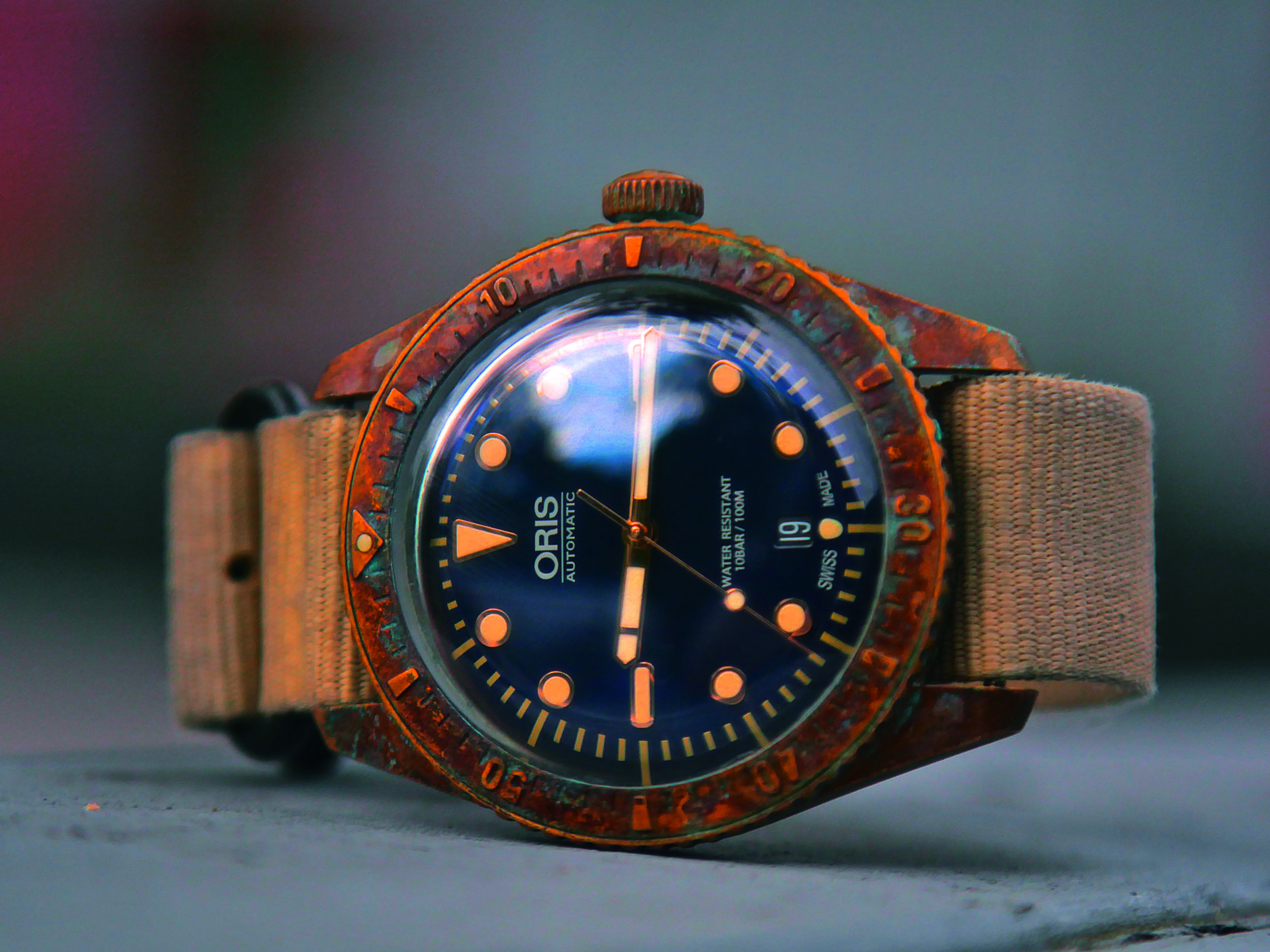
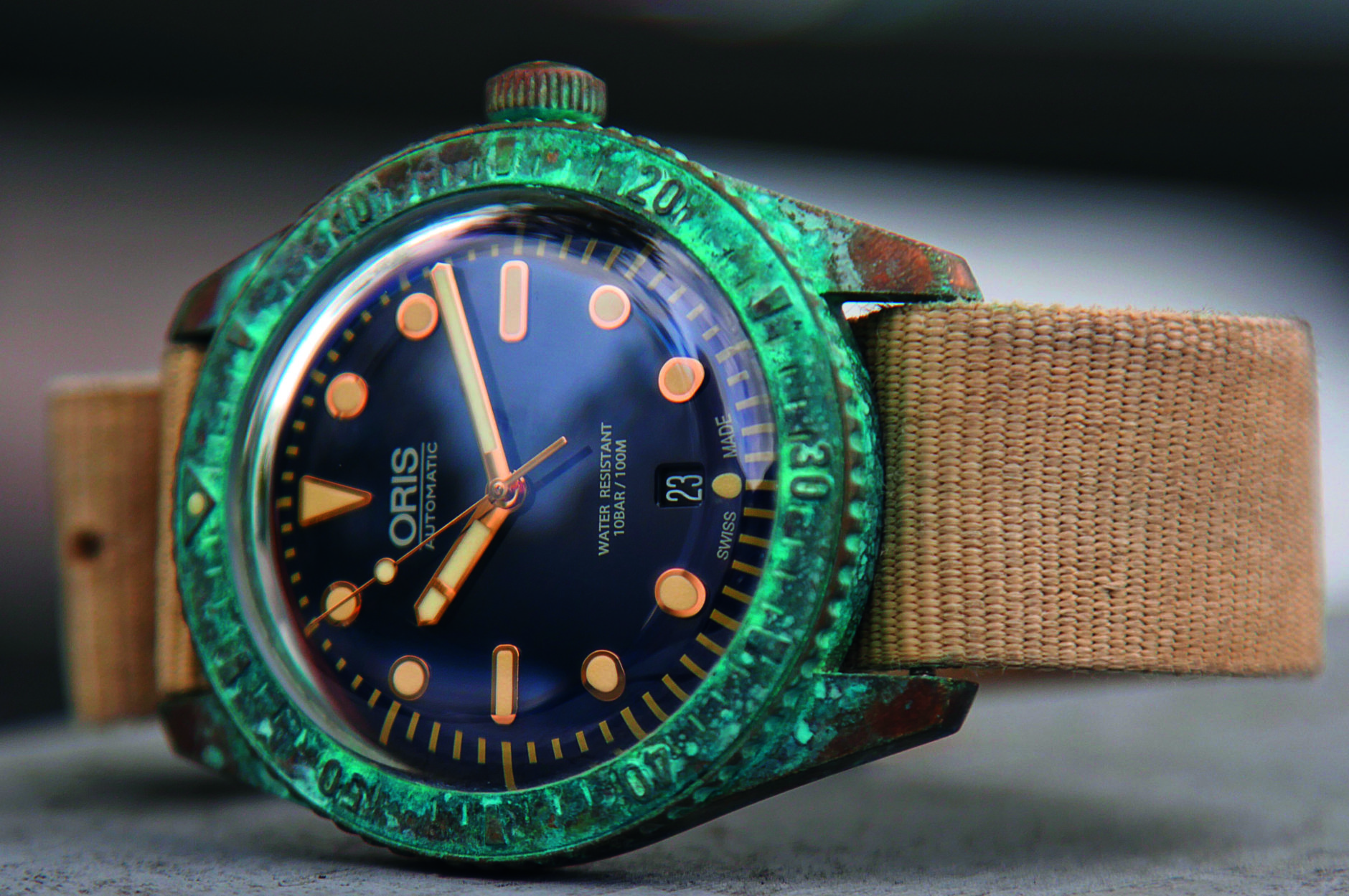
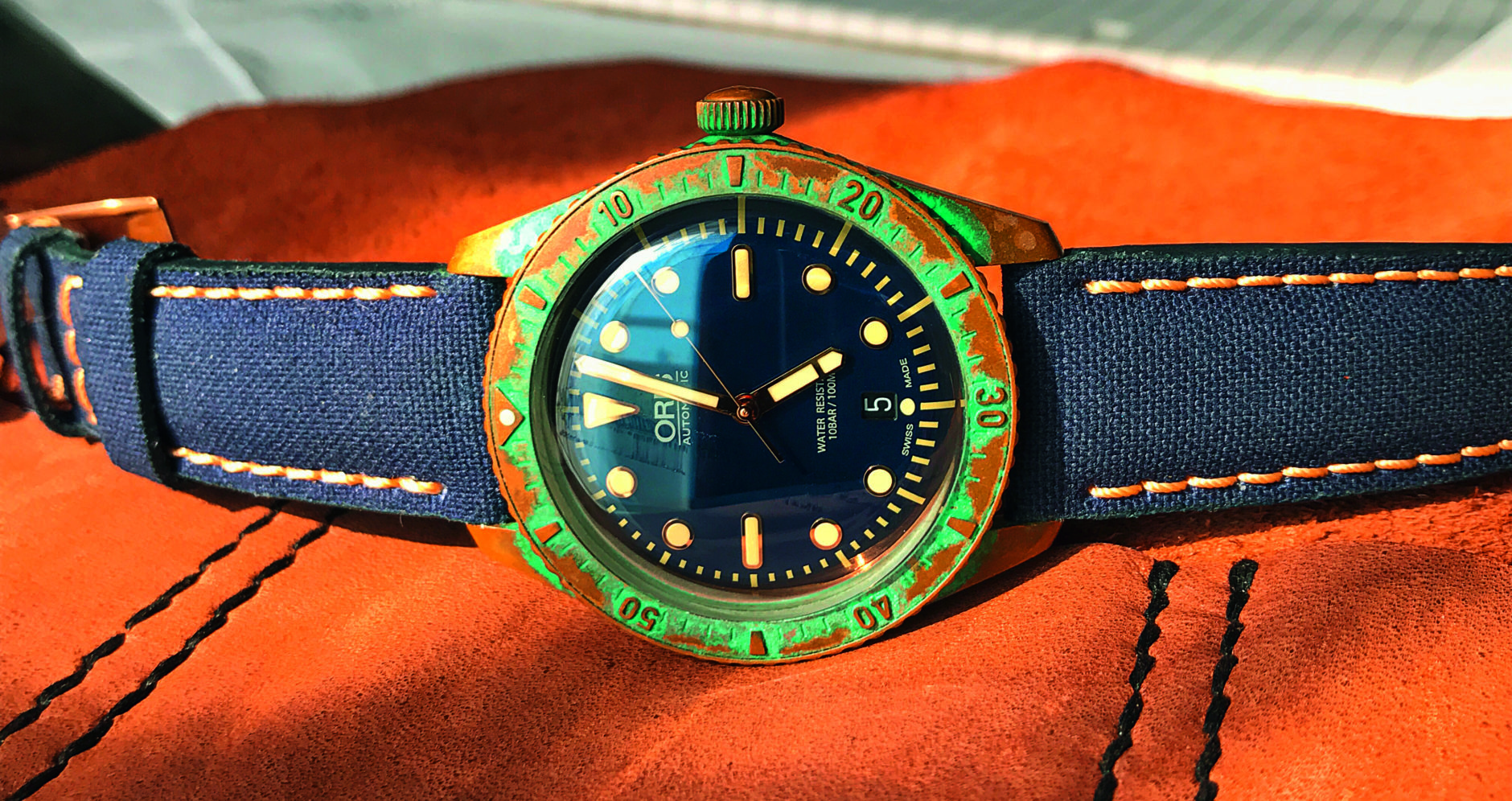
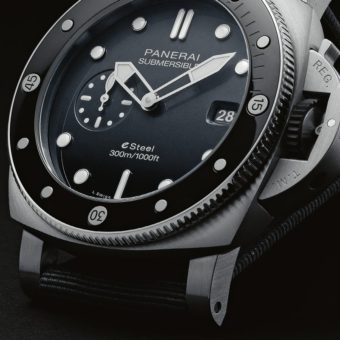
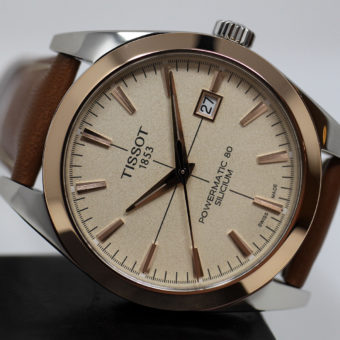


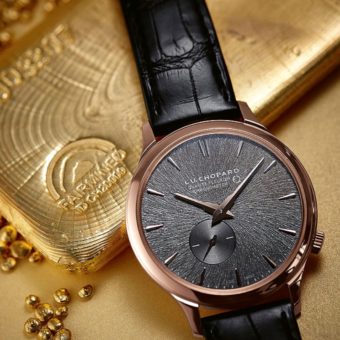

Another brand with a beautiful bronze watches are Stainhart Ocean One,with a absolutely beautiful ETA movement,crystal,automatic, 200m water resistance with a price range of 450 to 650 Euros
For me, the beauty of the bronze watches lies in accompanying the evolution of the natural patina being (evenly) formed as you wear your “baby” on the wrist In my case it gives me the impression that the watch is maturing together with me and I like that feeling. Therefore, I consider the fast induced patina an abomination. I would suggest Justin to publish some pictures comparing normal patina x fast induced ones so that people can see why the fast induced patina is like dyed hair:- for the trained eye it is fake.
Hello Sylvio,
Thanks for your reply, and I can totally appreciate your opinion. Some of us enjoy the process of forcing patina, and others do not. That’s the joy of watches, is the experience is meant to be personal! Regarding your note about pictures comparing the two methods, if you read the captions of the images in this story you’ll see that the Panerai we featured was aged naturally.
Is it just me or is patina the mark of time on a well worn long served vintage watch. In my view any attempt at rushing this process only looks fake and potentially ruins the look of the watch. I don’t think I could gas my watch and walk around proudly as if it were a prized vintage piece. I once had a friend tell me that one could urinate on a copper roof to hasten the oxidation process. Same idea, maybe a little drastic though. And no! don’t even think about doing this to your watch.
Would the oxidation come off, say on a white shirt? (I can’t be the only one asking this.)